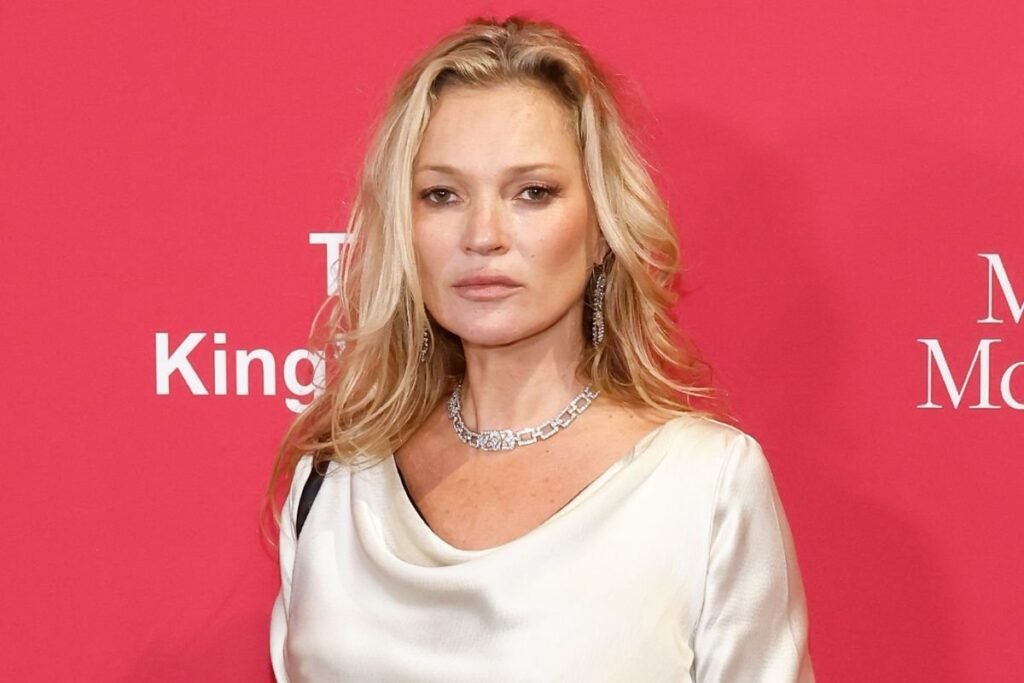2024 has been a year marked by the uncanny allure of lookalikes, bringing the idea of the “second self” into the spotlight.
From folklore to fashion runways and viral contests, the fascination with doppelgangers has a long and evolving history.
This year, it began with a surprising moment at Paris Fashion Week when Denise Ohnona, a Kate Moss lookalike, confused onlookers who thought they were seeing the iconic supermodel.
While some identified her by her different gait, the incident ignited a trend of celebrity lookalike competitions worldwide.
Contests for people resembling Timothée Chalamet, Paul Mescal, and Harry Styles popped up, drawing crowds and sparking playful debates online.
These competitions may feel distinctly modern, but they have historical roots.
Charlie Chaplin is famously said to have placed third in a lookalike contest of himself, a story his son recounted with amusement.
Dolly Parton also humorously recalled entering a similar contest and receiving lukewarm applause.
The popularity of lookalikes has fueled an entire industry, as noted by Andy Harmer, a David Beckham lookalike and founder of a lookalike agency.
With over 3,000 doubles on his roster, Harmer observes that this year has been busier than ever.
Yet, this obsession with doubles extends beyond physical resemblance.
Themes of the doppelganger have reemerged in literature, film, and academia, reflecting deeper cultural currents.
Adam Golub, a professor of American Studies, describes this as a “golden age of the doppelganger,” citing works like Naomi Klein’s Doppelganger: A Trip into the Mirror World, which explores identity and conspiracy, and Deborah Levy’s novel August Blue, which meditates on the unsettling experience of encountering one’s double.
Historically, doppelgangers were often feared. In Irish folklore, the “fetch” foretold death, while the Nordic “fylgja” symbolized harm or an otherworldly alter ego.
Literature followed suit, with classics like Edgar Allan Poe’s William Wilson and Dostoevsky’s The Double portraying doubles as tormentors.
Freud’s essay The Uncanny solidified the doppelganger as an object of dread and identity crisis.
In contemporary culture, however, this narrative has shifted. Modern portrayals are often playful or redemptive.
François Brunelle’s photography project captures unrelated lookalikes to celebrate shared humanity, while films like The Substance explore the theme with humor and nuance, portraying doubles as disruptive rather than destructive.
Today, apps and social media encourage people to seek out their doubles, reflecting how digital technology has reshaped our relationship with identity.
The rise of online and offline doppelganger trends also reflects a growing need for connection in a fragmented world.
Lookalike contests offer a charming, lo-fi antidote to digital isolation, creating moments of community and shared joy.
Yet, experts warn of looming challenges, such as the dangers of deepfakes, which could turn playful mimicry into a tool for deception.
For now, the fascination with doppelgangers offers a mix of nostalgia, humor, and hope.
Whether through folklore, fashion, or viral contests, the enduring allure of seeing oneself reflected in another continues to captivate—a testament to humanity’s ongoing quest to explore identity, connection, and the uncanny.
Also read: Fuse ODG Challenges Band Aid’s Narrative With New Song ‘We Know It’s Christmas’
